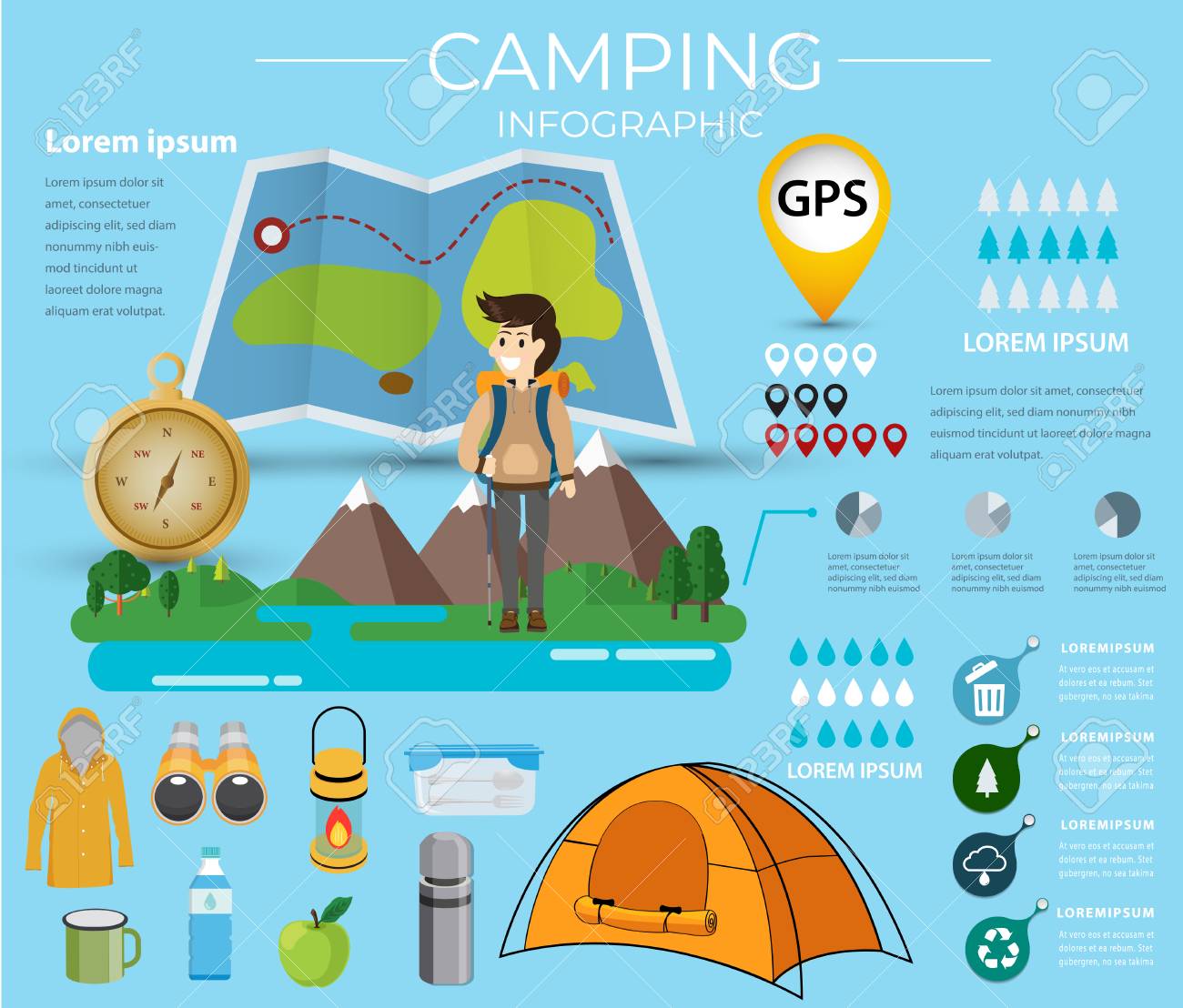Capturing incredible pictures of the evening skies needs cautious planning. Examining the weather forecast for clear skies is critical, as is recognizing what time the moon increases and establishes.
Beginning by readjusting your video camera to hands-on capturing mode. Take several examination shots with numerous ISO, aperture and shutter speed setups to see what works best.
Electronic camera
A basic DSLR video camera with a vast lens functions well for night-sky pictures, but any video camera with a large sensing unit and a hands-on focus setup need to work. The vital part is that the camera can be readied to shoot in RAW style, which permits maximum versatility when editing and enhancing.
Depending upon the preferred effect, you might intend to take a number of exposures and afterwards merge them in post-processing. This can be useful if you're firing both a foreground object (like a lake, tree, lorry or a building) and the night sky and need to reveal each at different settings.
You can additionally try out long-exposure shots that reveal star routes. This can be attained by centering your structure on the North Star and utilizing a shutter rate lasting for numerous minutes. This produces incredible arcs and vortex-like circles of light around your topic. It can be time consuming, however the results are spectacular!
Lens
Among the most crucial consider night skies photography is selecting the appropriate lens. A high resolution, wide angle lens will assist you record as many stars and the moon in your photo as feasible.
You will certainly also require a tripod to stop video camera shake throughout lengthy direct exposures. It is also suggested to fire in RAW mode, which will offer you more latitude in post-processing.
An additional variable is timing. It is best to prepare for when the Galaxy will rise or set depending upon your area. There are numerous apps and web sites to aid with this including PhotoPills.
Finally, it is good to have a fascinating foreground in your picture to include depth and contrast. Making use of fascinating rock formations, structures or perhaps individuals can include a feeling of range to your photo and make it more impactful. Your structure must additionally follow standard photo concepts, such as the policy of thirds and locating leading lines.
Shutter Speed
The shutter is the part of your cam that beings in front of the image sensor and opens and near record an exposure. Its speed impacts how much light your picture gets-- the much faster it is, the much less light gets in.
A slower shutter speed allows extra light in, yet additionally obscures any type of motion that occurs during the exposure, which serves for recording celebrity tracks and other effects such as a lengthy direct exposure to produce a lovely night sky.
With the right equipment, it's possible to generate images that are almost as brilliant as daytime and still have the ability to record dazzling information of the Galaxy and stars. For maximum clearness, attempt to obtain as away from communities and cities as feasible and examine internet sites such as this one for cloud maps and dark skies.
ISO
Choosing an ISO setting is an essential step in night sky photography. The higher the ISO value, the much more sensitive your cam will be to light and the brighter your photo will be. However, if you go too expensive, the noise in your photo will be also famous.
A good beginning point is to establish your cam to a low ISO of 800, after that take a test shot. If this photo is as well dark, increase the ISO one quit at a time till you have an acceptable photo.
Foreground shots in night skies pictures require a lot longer exposure times than the celebrities, so you'll wish to make use of a tripod. To better stabilize your cam, use the remote shutter launch to avoid any kind of shaking brought on by pressing the switch yourself. Additionally, keep in mind to maintain your fancy tent camping lens in Manual Emphasis mode. This will certainly help you to preserve the same focal length throughout your shoot. The Regulation of Thirds is a vital regulation for composing evening sky pictures, aiding to balance and merge your images.
What is a glamping trip?
